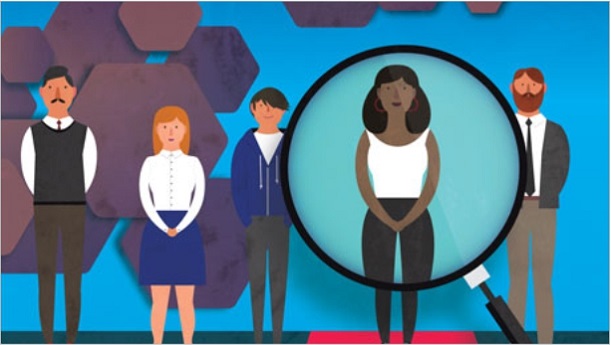
Are you willing to even consider if you need to make a change? Will you actually make that change if you see the need? If you are not willing, gravity has you firmly in its grasp, and it will pull you down.
Log In or become an AIMA member to read more articles
